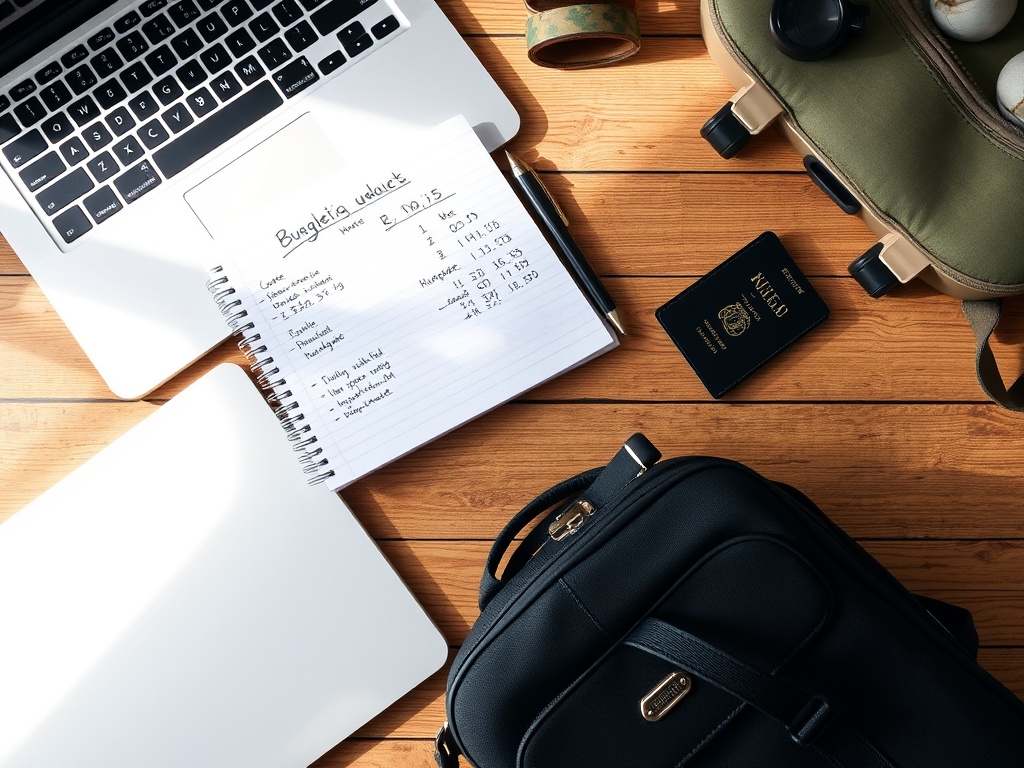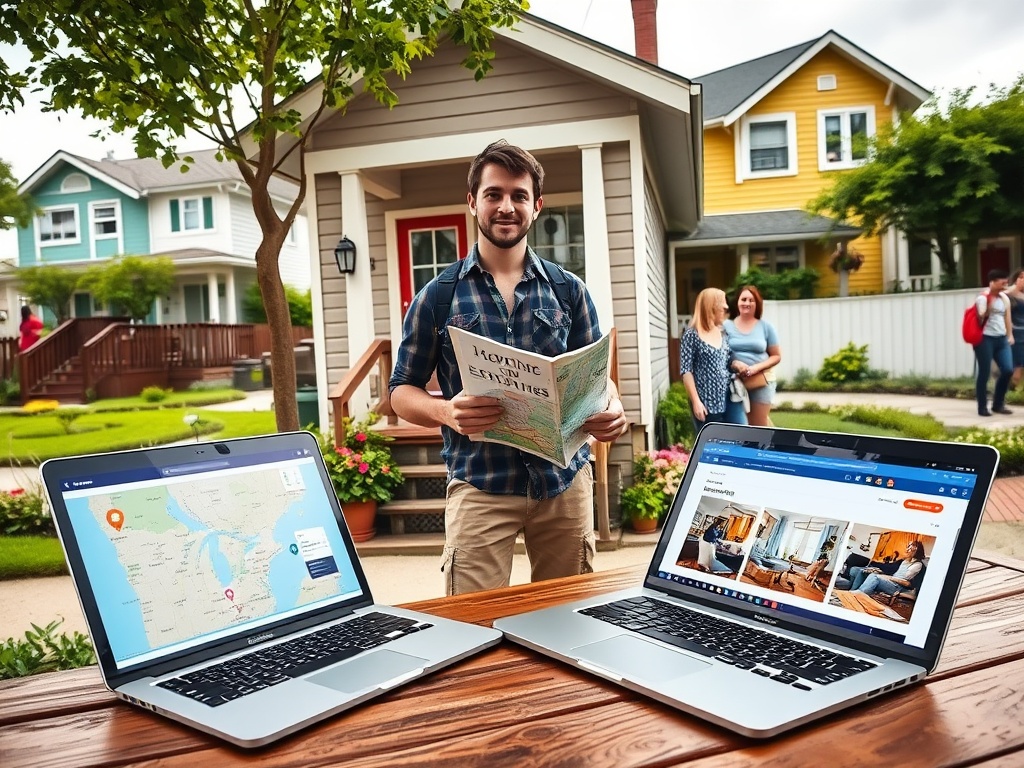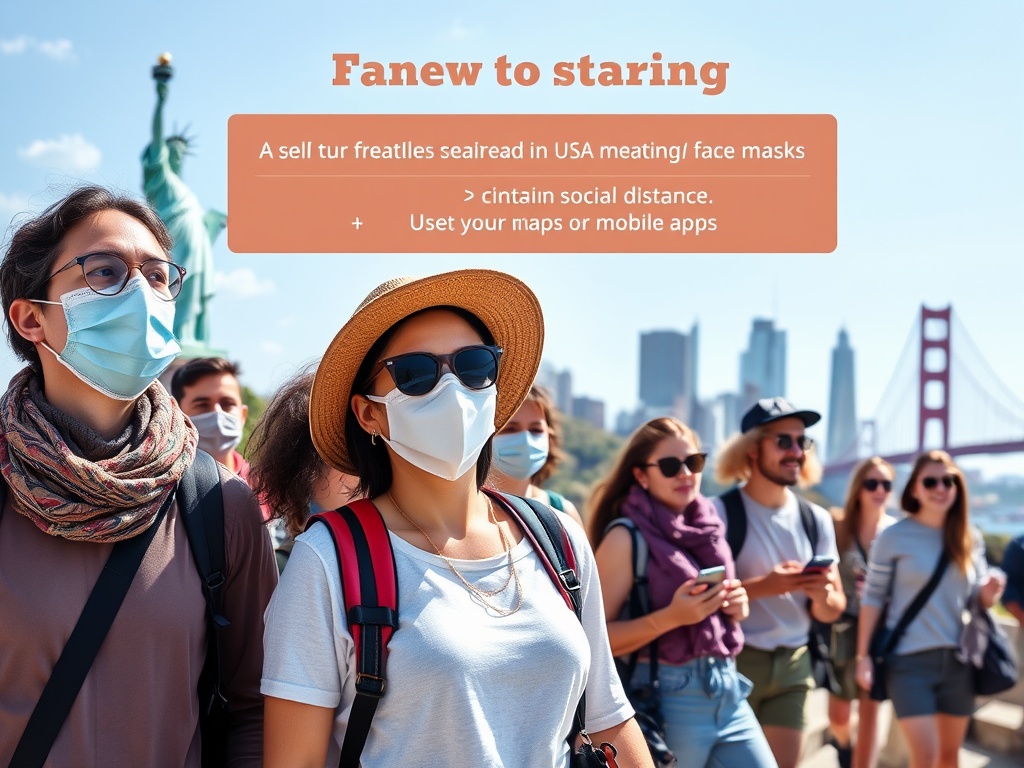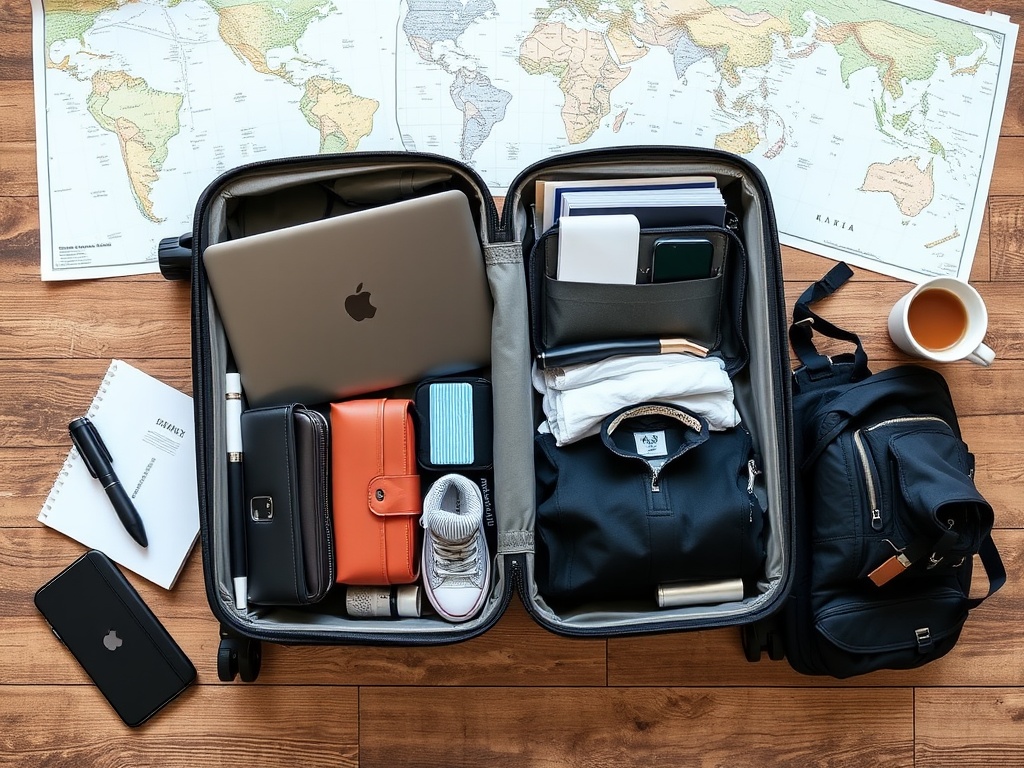Master the Art of Pre-Travel Budgeting: Essential Strategies
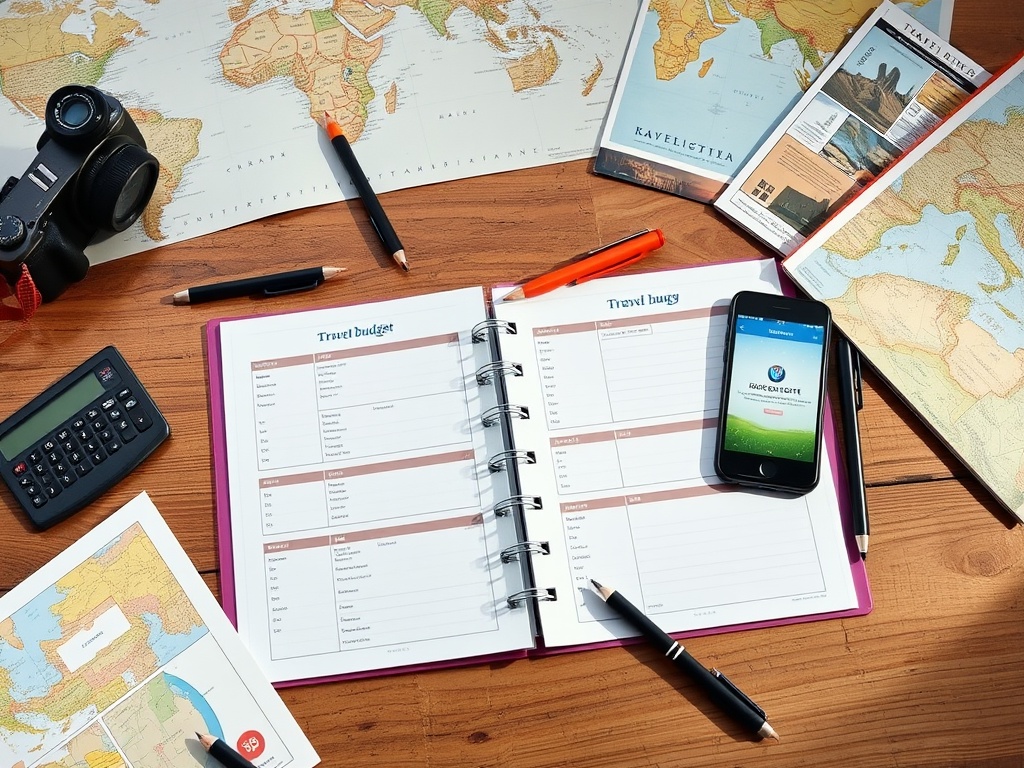
Understanding Your Financial Landscape
Before you embark on your travel journey, it’s crucial to have a clear picture of your financial situation. Knowing your income, expenses, and savings can provide a strong foundation for effective budgeting. This understanding will not only help you gauge how much you can afford to spend while traveling but also allow you to pinpoint areas where you can cut costs.
Crafting Your Travel Budget
Creating a comprehensive travel budget can make a significant difference in your spending habits. Break down your expected expenses into categories such as accommodation, food, transportation, and activities. By estimating costs in each category, you can allocate your funds more effectively. Below is a suggested budget breakdown to help you organize your finances:
| Expense Category | Estimated Cost |
|---|---|
| Accommodation | $800 |
| Food | $300 |
| Transportation | $200 |
| Activities | $400 |
| Miscellaneous | $100 |
Utilizing Technology for Budget Management
In today’s digital age, there are numerous tools and apps designed to help you manage your budget effectively. From expense trackers to budgeting apps, leveraging technology can simplify the process of monitoring your spending habits. Additionally, setting up alerts for spending limits within these apps can keep you accountable, ensuring that you don’t overspend while on your travels.
Maximize Your Income: Side Hustles for the Traveling Professional
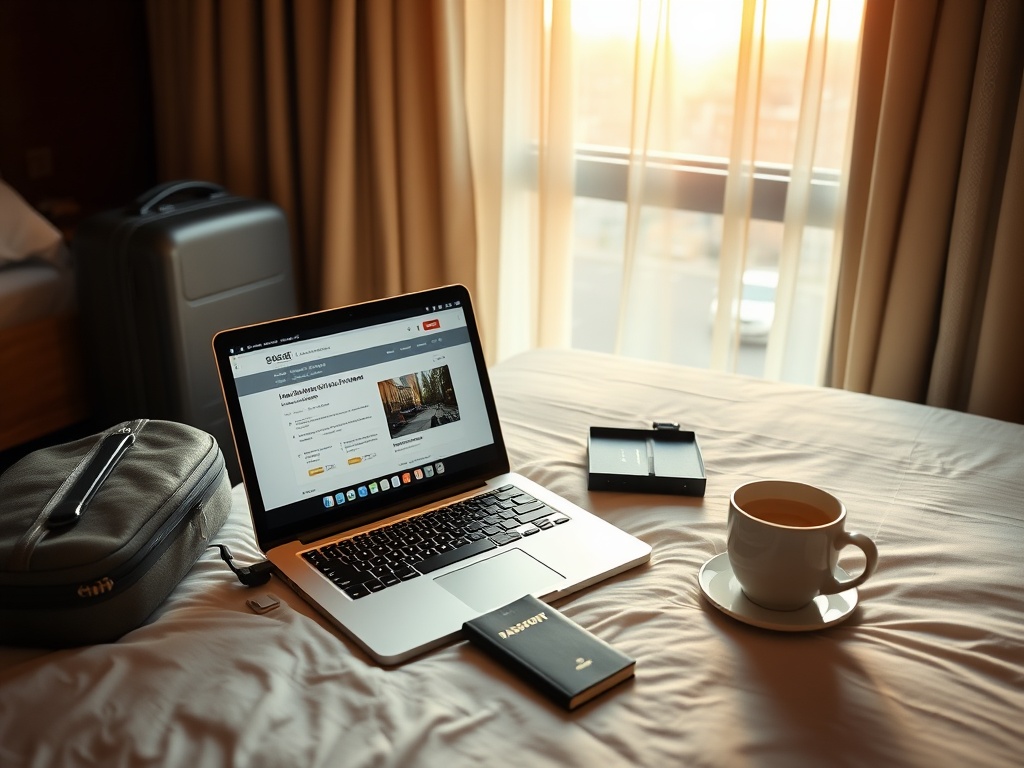
Traveling for work often comes with its own set of financial challenges. However, with the right approach, you can supplement your income through various side hustles that fit your lifestyle. By engaging in these additional revenue streams, you can enhance your travel experience while ensuring your budget stays on track. Here are some effective ways to maximize your income while on the move.
Freelancing: A Flexible Approach
One of the most popular ways to earn extra income while traveling is through freelancing. Depending on your skills, you can offer services such as writing, graphic design, web development, or consulting. The beauty of freelancing lies in its flexibility; you can choose projects that align with your schedule and work from anywhere in the world. Platforms like Upwork and Fiverr can connect you with clients looking for your expertise.
Teaching or Tutoring Online
If you have a background in education or expertise in a particular subject, consider online tutoring or teaching. Websites like VIPKid, Chegg Tutors, and Skillshare provide opportunities to teach students from around the globe. This side hustle allows you to set your hours, making it an ideal fit for a busy travel schedule.
List of Popular Side Hustles for Travelers
Here are some side hustle ideas that can easily fit into your travel plans:
- Freelancing (writing, design, programming)
- Online tutoring or teaching
- Remote customer support
- Pet sitting or house sitting
- Handmade crafts or products on Etsy
- Blogging or vlogging about your travel experiences
- Participating in market research or surveys
- Renting out your home on Airbnb
By exploring these options, you can not only boost your income but also make your travels more sustainable. Finding the right side hustle that matches your skills and interests will allow you to enjoy your journey without worrying excessively about finances.
Savvy Spending: How to Cut Costs While on the Road
Traveling for work can often feel like a financial juggling act, especially when you factor in lodging, meals, and transportation. However, with a few strategic approaches, you can significantly minimize your expenses without sacrificing the quality of your experience. Here are some effective techniques to help you stay within budget while on the go.
Embrace Local Flavors: Dining on a Dime
One of the most enjoyable aspects of travel is sampling local cuisine. However, dining out can quickly eat into your budget if you’re not careful. Instead of opting for high-priced restaurants, seek out local markets, food stalls, or casual eateries where you can enjoy authentic dishes at a fraction of the cost. Not only will this save you money, but it also enhances your travel experience by immersing you in the local culture.
Smart Accommodation Choices: Balancing Comfort and Cost
Accommodation is often one of the biggest expenses while traveling. To cut costs, consider alternatives to traditional hotels. Platforms like Couchsurfing and Hostels.com offer affordable lodging options that can also provide opportunities to meet fellow travelers. Furthermore, if your travel plans allow, look into longer stays at vacation rentals, which can often offer discounted rates.
Maximize Public Transportation: The Wallet-Friendly Way to Explore
Getting around a new city can be daunting, especially when you’re trying to stick to a budget. Instead of relying on taxis or rideshare services, explore local public transportation options. Buses and trains not only save you money but also provide an authentic glimpse into daily life in the area. Additionally, many cities offer discounted transportation passes that can be particularly advantageous for extended stays.
By implementing these savvy spending strategies, you can stretch your travel budget further while still enjoying all that your destination has to offer. Remember, being mindful of your spending doesn’t mean compromising on experiences; it’s about making informed choices that enhance your journey.
Navigating Currency Exchange: Tips for Saving Money Internationally
When you’re on the road, managing your finances becomes even more critical, especially when dealing with different currencies. Understanding how to navigate currency exchange can save you a significant amount of money, allowing you to enjoy your travels without the stress of overspending. Here are some essential strategies to consider before exchanging your money.
Understanding Exchange Rates and Fees
Before exchanging your currency, it’s vital to research current exchange rates. Currency values fluctuate daily, and a little knowledge can help you make informed decisions. Use reliable financial news websites or currency converter apps to check the latest rates. Additionally, be aware of the hidden fees that may apply when using currency exchange services. Banks and exchange booths often charge a commission or offer a less favorable rate, which can chip away at your budget.
Choosing the Right Time and Place for Exchange
Timing and location can greatly impact the amount of local currency you receive. Avoid exchanging money at airports or tourist hotspots, as these locations often have higher fees and less favorable rates. Instead, seek out local banks or reputable exchange offices that offer better rates. Furthermore, consider exchanging a small amount of cash before your trip for immediate expenses, while planning to exchange larger sums in local markets or with banks during your stay. This approach can significantly enhance your overall savings.
Finally, consider using a multi-currency account or travel-friendly credit card that offers no foreign transaction fees. This can streamline your spending and provide competitive exchange rates without the hassle of cash. By employing these strategies, you can effectively navigate currency exchange, ensuring that your budget remains intact while you explore the world.
The Ultimate Packing Guide: Travel Essentials That Save You Money
Smart Choices: Selecting Your Travel Gear Wisely
Packing for a trip can feel overwhelming, especially when you want to keep your budget intact. The key is to choose travel essentials that not only serve a purpose but also help you save money in the long run. Investing in high-quality items may seem costly upfront, but durable gear can prevent the need for frequent replacements. Consider multi-functional products like a travel pillow that doubles as a compression bag, or a universal adapter that caters to various devices. These smart choices can significantly reduce what you spend on alternatives while you’re on the road.
Essential Items: The Must-Haves for Budget Travelers
When it comes to travel essentials, less is often more. Packing only what you need means avoiding extra baggage fees and making your travels more manageable. Prioritize versatile clothing that can be mixed and matched, and opt for lightweight fabrics that dry quickly. Additionally, don’t overlook the importance of packing a refillable water bottle. Staying hydrated is essential, and having your own bottle can save you from purchasing expensive beverages while out and about. Furthermore, including a small first-aid kit can prevent costly medical expenses from unexpected illnesses or injuries while traveling.
Budget-Friendly Packing: Tools and Tricks to Keep Costs Low
As you prepare for your trip, consider how packing smart can lead to significant savings. Using packing cubes can help organize your belongings, making it easier to find what you need without having to purchase duplicates. Also, remember to pack a portable charger to keep your devices powered without needing to buy new batteries or chargers abroad. Utilizing space-saving techniques, like rolling your clothes instead of folding them, allows you to maximize your luggage capacity without exceeding weight limits. This is important for keeping your expenses down, especially on low-cost carriers that have strict baggage policies.
Smart Technology: Apps and Tools to Track Your Expenses
In an era dominated by digital advancements, managing your finances while on the go has never been easier. Leveraging smart technology not only simplifies the budgeting process but also empowers you to make informed decisions about your spending. By utilizing various apps and tools designed for expense tracking, you can easily monitor your financial health, ensuring that you remain within your budget even amidst the hustle of travel and work commitments.
Expense Tracking Apps: Your Financial Companion
Expense tracking applications are at the forefront of modern budgeting techniques. These user-friendly tools allow you to input your expenses in real-time, categorize them, and visualize your spending patterns. Apps like Mint and YNAB (You Need A Budget) are particularly popular among travelers. They not only sync with your bank accounts for automatic tracking but also provide insights into how your spending aligns with your budget goals. By having a clear overview of your finances at your fingertips, you can easily adjust your habits if you find yourself veering off course.
Budgeting Tools: Comprehensive Financial Management
In addition to expense trackers, budgeting tools offer a broader approach to financial management. Programs such as EveryDollar and PocketGuard allow you to create detailed budgets based on your income and planned expenses. These tools often feature customizable categories and allow you to set financial goals, enabling you to allocate funds for specific purposes, whether it’s for accommodation, food, or activities during your travels. The ability to visualize your budget in a graphical format can help you understand your financial landscape better, making it easier to identify areas where you might reduce spending.
Integrating Technology into Your Travel Strategy
Making the most of technology extends beyond just tracking expenses. Many of these apps also come with additional features, such as alerts for upcoming bills or spending limits, which can be incredibly beneficial while traveling. For instance, setting up notifications for when you’ve reached a certain percentage of your budget can serve as a useful reminder to stay disciplined. Moreover, consider integrating your budgeting tools with travel planning apps that allow you to estimate costs for flights, accommodations, and activities. By doing so, you can create a cohesive financial strategy that aligns with your travel goals, ensuring you get the most out of your experience without overspending.
Post-Travel Financial Review: Learning from Your Budgeting Experience
After returning from your work and travel adventure, it’s crucial to assess your financial performance during the trip. A post-travel financial review not only provides insight into how well you adhered to your budget, but it also sets the stage for improving your future travel budgeting efforts. This reflective process allows you to identify successes and areas for improvement, ensuring that your future travels are both enjoyable and affordable.
Analyzing Your Spending Patterns
Start by examining your documented expenses. Gather receipts, bank statements, and any notes you may have taken during your travels. This analysis helps in understanding where your money went and how your actual spending compares to your planned budget. Look for patterns in your spending across different categories, such as accommodation, food, and activities. Were there any surprises? Were you able to stick to your estimates?
Lessons Learned: Adjusting Your Budgeting Strategy
Once you’ve analyzed your spending, take the time to reflect on the lessons learned. Consider whether certain expenses were unavoidable or if there were areas where you could have made different choices. For instance, did you splurge on dining out when local markets could have offered delicious and budget-friendly options? Use this knowledge to adjust your budgeting strategy for future trips. Here are some key takeaways to consider:
- Identify Successful Strategies: What budgeting techniques worked well? Perhaps using a specific app helped you track your expenses effectively.
- Recognize Pitfalls: Acknowledge any overspending areas, such as entertainment or accommodation, and brainstorm alternatives for the next trip.
- Set Realistic Goals: Based on your analysis, set achievable budget goals for your next journey, ensuring they align with your spending habits and preferences.
Creating a Comprehensive Financial Report
To effectively communicate your financial experience, consider creating a simple financial report that highlights your overall budget, actual spending, and any discrepancies. A table format can help visualize this information clearly. Here’s an example of how to structure your financial report:
| Expense Category | Budgeted Amount | Actual Spending | Difference |
|---|---|---|---|
| Accommodation | $800 | $950 | +$150 |
| Food | $300 | $240 | -$60 |
| Transportation | $200 | $180 | -$20 |
| Activities | $400 | $500 | +$100 |
| Miscellaneous | $100 | $80 | -$20 |
By conducting this thorough post-travel financial review, you’ll be equipped with the knowledge and insight necessary to refine your budgeting approach for future work and travel experiences. Remember, each journey presents an opportunity for growth, both as a traveler and as a budget manager.
